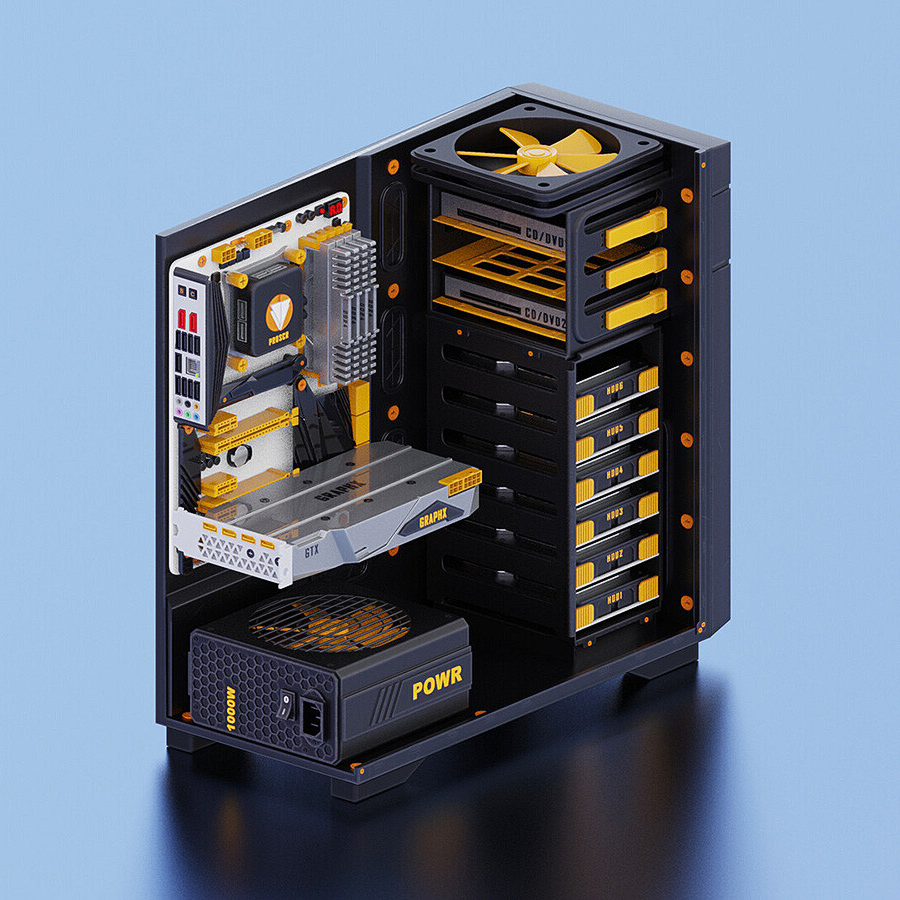

It’s a fair point but I would rather diversify and also use something that is open / less opaque


It’s a fair point but I would rather diversify and also use something that is open / less opaque


A few years ago when my org got the ask to deploy the CS agent in linux production servers and I also saw it getting deployed in thousands of windows and mac desktops all across, the first thought that came to mind was “massive single point of failure and security threat”, as we were putting all the trust in a single relatively small company that will (has?) become the favorite target of all the bad actors across the planet. How long before it gets into trouble, either because if it’s own doing or due to others?
I guess that we now know
For a low end, small, low consumption Intel box for HTPC/Kodi, Home assistant, Frigate, small Home Server or all of the above, I can recommend any N100-based box or mini itx mobo. It’s very fast compared to prior Intel low consumption CPUs (apollo lake etc), does 4K, HDR, AV1.
I am no programmer either, mainly a technical-oriented user, and I made the switch to a linux-only desktop almost 20 years ago. I tried several distros but I keep coming back to ubuntu (in vanilla gnome mode), with it’s closeness to debian and huge library of apps, with it’s massive userbase you get a lot of online community support, and it’s really polished these days. For the last 5-6 years or so I’ve been using “LTS” releases, doing major updates every two years, I found that to be a very reasonable cadence and it gives you great environment stability. The only significant downside I found these days is ubuntu’s insistence in using their (proprietary?) snap desktop container app ecosystem, I personally much prefer flatpaks, and actually I use flatpaks extensively on my ubuntu desktop for SW that needs frequent updating (darktable, logseq, etc)


Generally it’s the mobo chipset that determines which CPUs are compatible. Often the chipsets are compatible with two generations of CPUs, that was the case with H6xx from intel, i got one with an alderlake cpu amd could upgrade it a year and a half later with rocketlake. The mobo OEM needs to support this in their uefi/bios
Tilix [https://gnunn1.github.io/tilix-web/] is missing from the list. My terminal of choice for the last (I lost count) however many years. Integrates nicely with gnome3+
This brings back so many memories! My first distro some 25 years ago now! Something to tell my kids about. I remember it took me a couple of days to get audio to work on my first install! And I still loved it. So much water has passed under the bridge. Now 100% of the production envirnoment at work is Linux-based and so are the devices at the other end of the wire/airlink. And so are our phones, home servers and on and on. Linux skills have had the highest return


Pi4 for HomeAssistant + audio streamer with a HiFiBerry card, with external SSD, google Coral stick for Frigate, and a Zwave stick. Running OSMC as OS.
Pi3b with OSMC as audio streamer
Small fanless HTPC on a six year old Apollo lake mini ITX mobo. Looking forward to upgrading this one soon with one of the recently announced alderlake N100 fanless mini itx mobos.
Well these days we have flatpak to solve the “not in the repo” (or ‘old version in the repo’) problem.